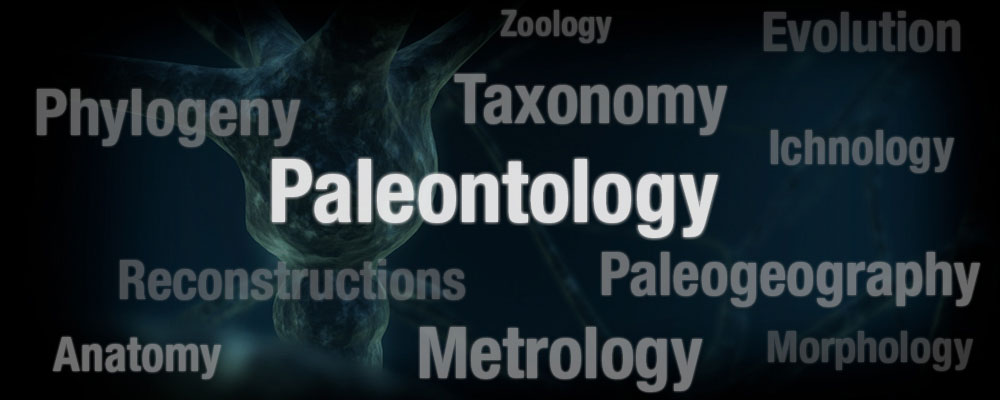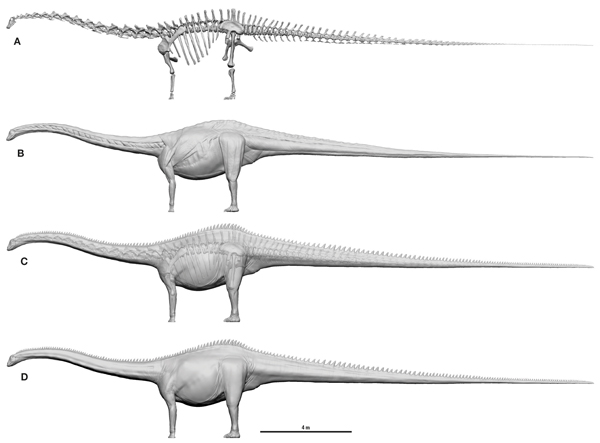
Publications Siculo-Maltese dwarf elephants
- Bruhathkayosaurus body mass
- Dinosaur densities press release
- Tetrapod body densities
- Sauropod Encyclopedia
- Palaeoloxodon skull evolution
- Palaeoloxodon poster
- Theropod Encyclopedia
- P. antiquus from Germany
- The Body Size of Proboscideans
- Siculo-Maltese dwarf elephants
- Songhua River Mammoths
- Dinogeography
Authors: Asier Larramendi, Gregory S. Paul, Shu-Yu Hsu
Below you can read the abstract and have access to the whole paper:
A Review and Reappraisal of the Specific Gravities of Present and Past Multicellular Organisms, with an Emphasis on Tetrapods
The density, or specific gravity (SG), of organisms has numerous important implications for their form, function, ecology, and other facets of beings living and dead, and it is especially necessary to apply SG values that are as accurate as practical whA Review and Reappraisal of the Specific Gravities of Present and Past Multicellular Organisms, with an Emphasis on Tetrapodsen estimating their masses which is itself a critical aspect of living things. Yet a comprehensive review and analysis of this notable subject of anatomy has never been conducted and published. This is such an effort, being as extensive as possible with the data on hand, bolstered by some additional observations, and new work focusing on extinct animals who densities are least unknown: pterosaurs and dinosaurs with extensive pneumatic complexes, including the most sophisticated effort to date for a sauropod. Often difficult to determine even via direct observation, techniques for obtaining the best possible SG data are explained and utilized, including observations of floating animals. Neutral SG (NSG) is proposed as the most important value for tetrapods with respiratory tracts of fluctuating volume. SGs of organisms range from 0.08 to 2.6, plant tissues from 0.08 to 1.39, and vertebrates from about 0.75 (some giant pterosaurs) to 1.2 (those with heavy armor and/or skeletons). Tetrapod NSGs tend to be somewhat higher than widely thought, especially those theropod and sauropod dinosaurs and pterosaurs with air-sacs because respiratory system volume is usually measured at maximum inhalation in birds. Also discussed is evidence that the ratio of the mass of skeletons relative to total body mass has not been properly assayed in the past.






